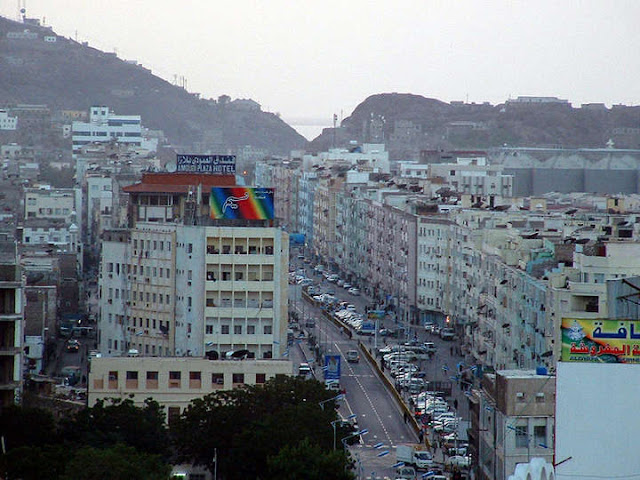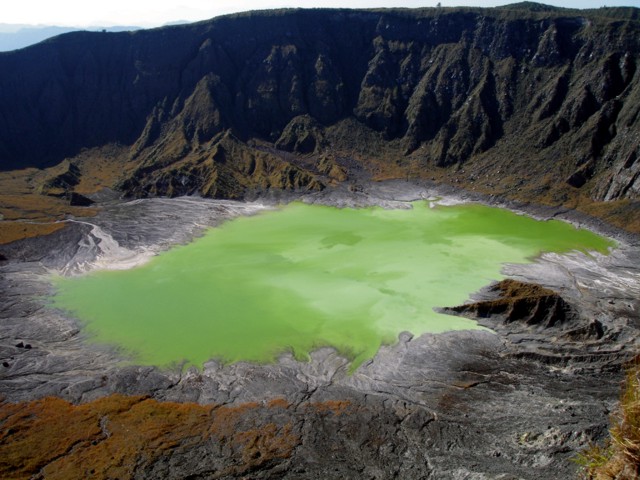The Aden Volcano, located in the southern part of Yemen near the city of Aden, is a geological feature that has profoundly influenced the local communities and ecosystems. With its complex history of eruptions and volcanic activity, the Aden Volcano has shaped the environment and the lives of those who live in its shadow. In this blog post, we will explore how this volcano has impacted the surrounding areas, considering both the challenges it poses and the opportunities it creates.
Geological Background
The Aden Volcano is part of the larger Aden Volcanic Complex, which includes several volcanoes and volcanic formations. The region is known for its volcanic activity, which has been a defining characteristic of the landscape for thousands of years. The volcanoes in this area are primarily basaltic, characterized by their fluid lava flows and relatively low explosivity compared to other types of volcanoes. This type of volcanic activity has created a unique landscape of lava fields, cinder cones, and volcanic craters.
Impact on Local Communities
1. Economic Effects
For the local communities around Aden, the volcanic activity has had mixed economic effects. On one hand, volcanic eruptions can be devastating. They can destroy infrastructure, displace communities, and disrupt livelihoods. The lava flows and ash fall from eruptions can damage crops, contaminate water sources, and lead to the loss of arable land.
On the other hand, the volcanic soil, or “tephra,” can be highly fertile. This fertility is a significant advantage for agriculture, and many communities in volcanic regions benefit from the rich, nutrient-dense soil that supports a variety of crops. In the case of Aden, the volcanic soil has contributed to the growth of date palms and other crops, which are vital for local sustenance and economy.
2. Health and Safety
The health implications of living near an active volcano can be severe. Volcanic ash and gases can cause respiratory problems, especially in vulnerable populations such as children and the elderly. The ash can also contaminate drinking water sources, leading to further health concerns. Additionally, volcanic eruptions can cause accidents and injuries, as people may be caught in the lava flows or landslides triggered by the eruptions.
To mitigate these risks, local communities often develop early warning systems and evacuation plans. Government and non-governmental organizations may provide support in the form of medical aid and disaster relief to help communities cope with the aftermath of volcanic activity.
3. Cultural Significance
Volcanoes often hold cultural and spiritual significance for local communities. In many cultures, volcanoes are seen as sacred or as symbols of the power of nature. The Aden Volcano is no exception. For some local communities, the volcano is an integral part of their cultural identity and traditions. Rituals and ceremonies may be conducted to honor the volcano and to seek protection from its potential hazards.
Impact on Ecosystems
1. Biodiversity and Habitat Formation
The volcanic activity in the Aden region has had a profound effect on local ecosystems. The lava flows and volcanic deposits create new landforms and habitats, which can support a diverse range of plant and animal species. Over time, these new habitats can become rich ecosystems, with unique species adapted to the volcanic environment.
In the early stages of volcanic activity, the barren lava fields may seem inhospitable. However, over time, pioneer species such as lichens and mosses colonize the area, gradually creating conditions that allow other plants to thrive. These plant species, in turn, provide food and shelter for a variety of animals. The dynamic nature of volcanic landscapes contributes to a high level of biodiversity.

2. Soil and Vegetation
As mentioned earlier, volcanic soil is highly fertile, which can lead to lush vegetation in areas where volcanic activity has occurred. This fertility can support a wide range of plant life, from grasses to trees, depending on the local climate and conditions. The rich soil also supports agricultural activities, which are crucial for local food production and economies.
However, the fertility of volcanic soil can also be a double-edged sword. In areas where volcanic activity is frequent, the constant deposition of ash and lava can disrupt existing vegetation and agricultural practices. Farmers may need to adapt their methods to cope with changing soil conditions and potential damage from volcanic activity.
3. Water Resources
Volcanic activity can impact water resources in several ways. Lava flows and ash deposits can alter the course of rivers and streams, leading to changes in water availability and quality. Volcanic ash can contaminate water sources, making them unsafe for drinking and irrigation. However, the presence of volcanic minerals in water can also create unique aquatic habitats.
In some cases, volcanic activity can lead to the formation of natural hot springs, which can be beneficial for local ecosystems and human use. These hot springs can provide habitat for specialized aquatic species and can be a source of geothermal energy.
Conclusion
The Aden Volcano has had a significant impact on the local communities and ecosystems in its vicinity. While the challenges posed by volcanic activity, such as health risks, economic disruption, and environmental changes, are substantial, the volcano also contributes to the region’s fertility, biodiversity, and cultural heritage. The dynamic interplay between the forces of nature and human adaptation continues to shape the landscape and the lives of those living near the Aden Volcano.
Understanding and managing the impacts of volcanic activity is crucial for ensuring the safety and well-being of local communities and preserving the unique ecosystems that arise from volcanic landscapes. As we move forward, it is essential to continue studying and monitoring volcanic activity to mitigate risks and capitalize on the opportunities that these powerful natural features present.




